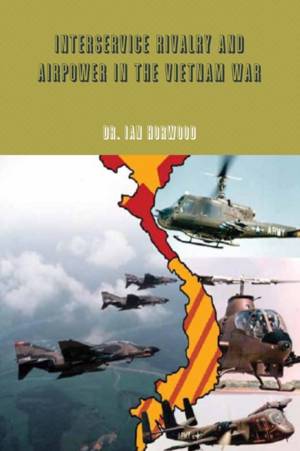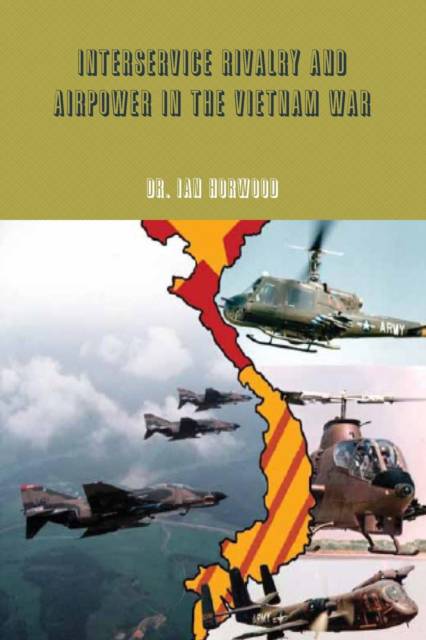
- Afhalen na 1 uur in een winkel met voorraad
- Gratis thuislevering in België vanaf € 30
- Ruim aanbod met 7 miljoen producten
- Afhalen na 1 uur in een winkel met voorraad
- Gratis thuislevering in België vanaf € 30
- Ruim aanbod met 7 miljoen producten
Zoeken
€ 24,45
+ 48 punten
Uitvoering
Omschrijving
The objectives of this study are to establish the nature and levels of rivalry and dispute between the United States armed services over matters relating to the military application of airpower during the Vietnam period, and to assess the extent to which such rivalry may have distorted US operational policy in Southeast Asia. It is probably a truism to suggest that interservice rivalry has always been endemic among military establishments in the modern age, yet there are few monographs that deal specifically with the subject. Presumably, interservice rivalry is so commonplace that it excites little comment among military historians and analysts, except in passing. However, if interservice rivalry is so typical of military organisms then it constitutes one of their defining characteristics and is worthy of study for this reason alone.
Specificaties
Betrokkenen
- Auteur(s):
- Uitgeverij:
Inhoud
- Aantal bladzijden:
- 210
- Taal:
- Engels
Eigenschappen
- Productcode (EAN):
- 9781105811098
- Verschijningsdatum:
- 28/05/2012
- Uitvoering:
- Paperback
- Formaat:
- Trade paperback (VS)
- Afmetingen:
- 152 mm x 229 mm
- Gewicht:
- 312 g

Alleen bij Standaard Boekhandel
+ 48 punten op je klantenkaart van Standaard Boekhandel
Beoordelingen
We publiceren alleen reviews die voldoen aan de voorwaarden voor reviews. Bekijk onze voorwaarden voor reviews.











